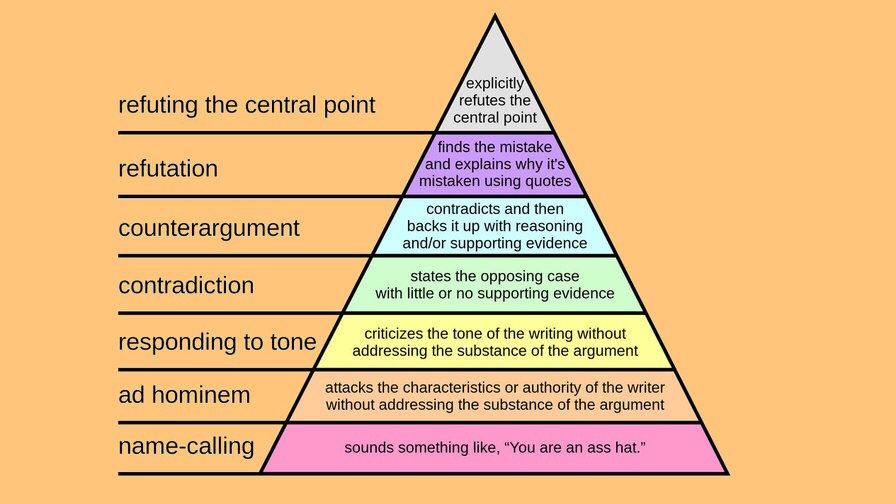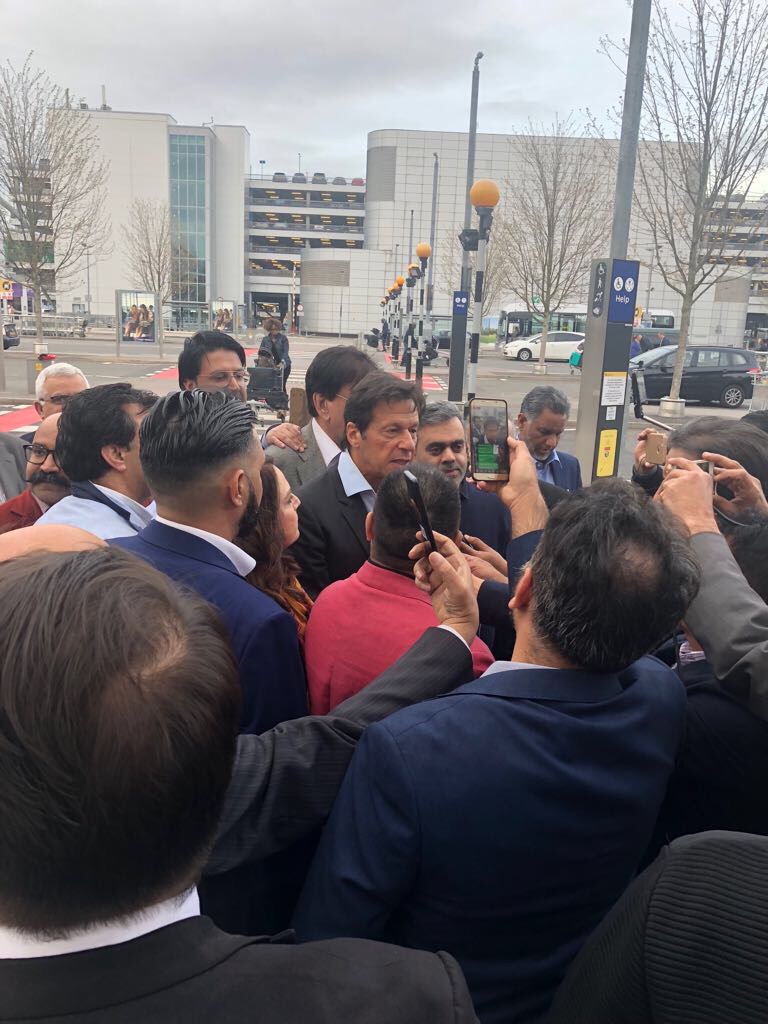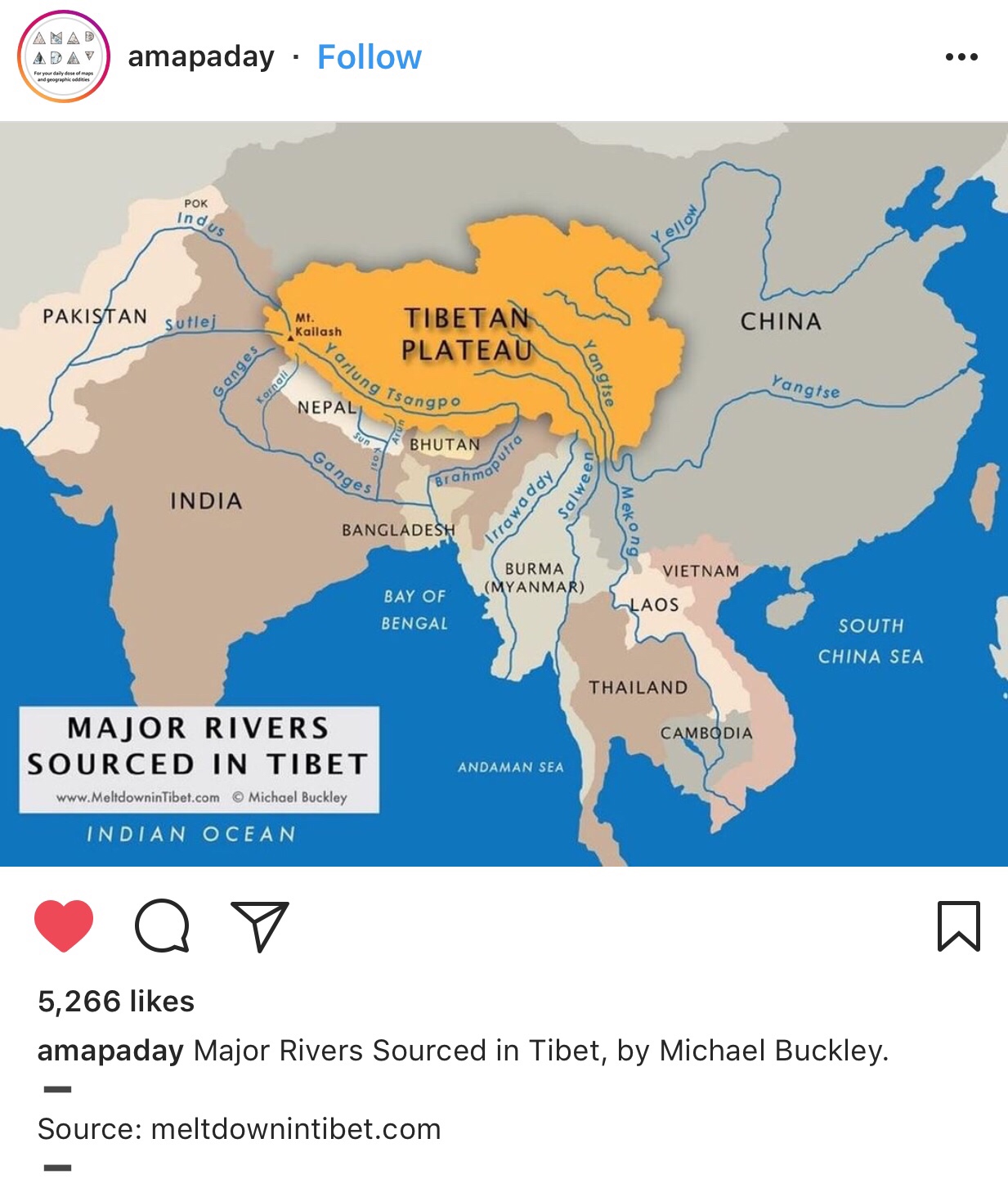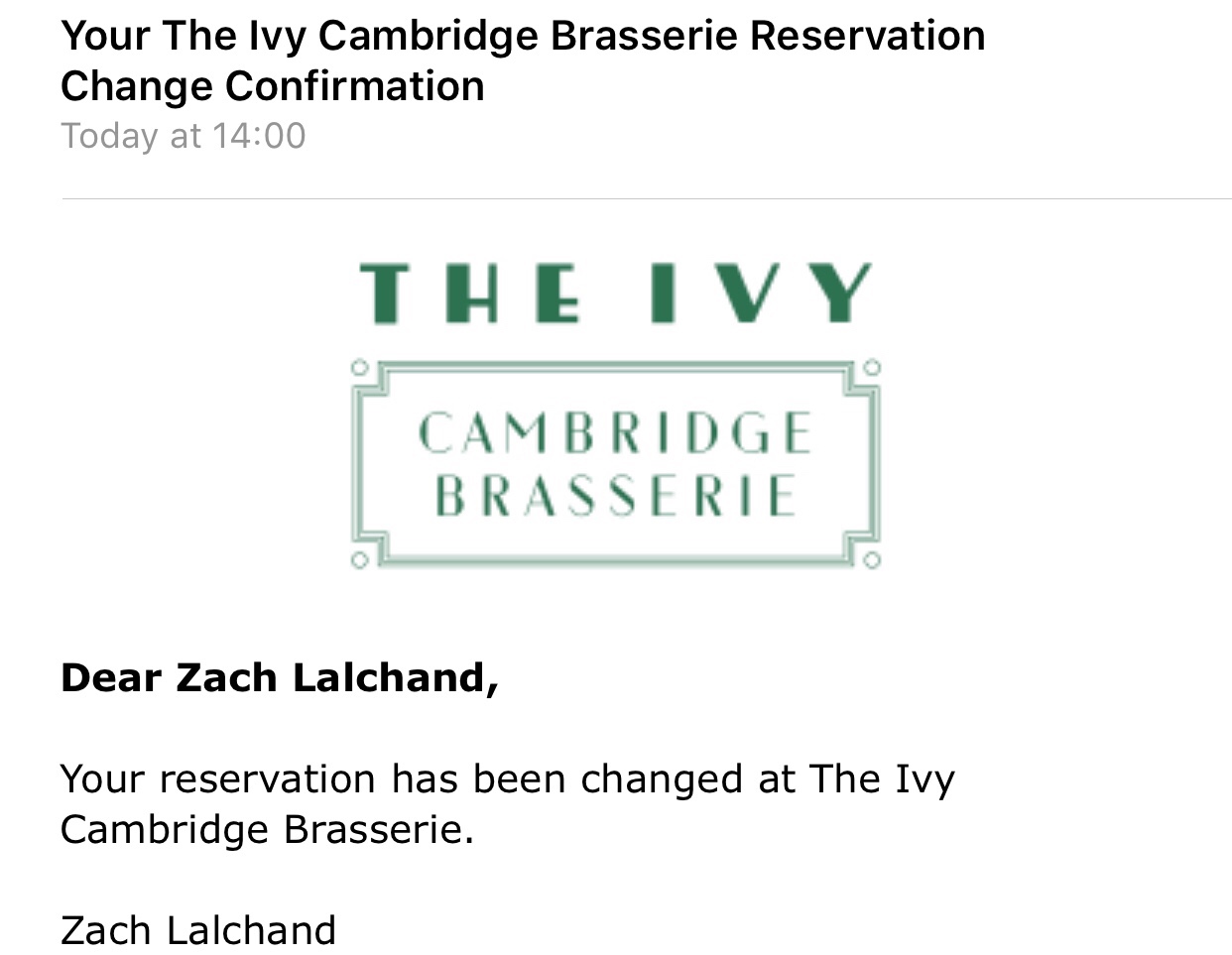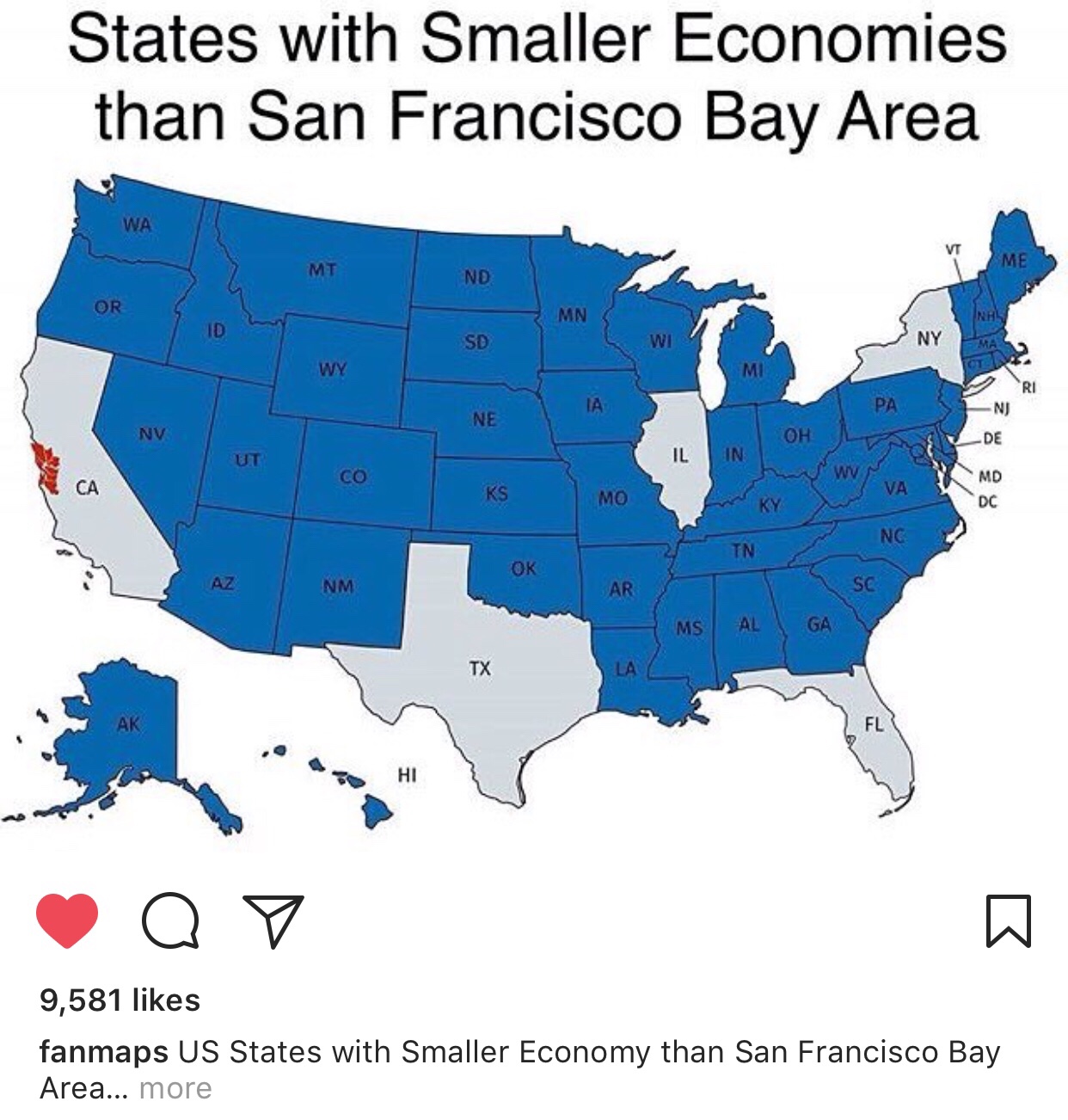I am doing a round-up of the past 10 posts excluding my own since ordinarily I tend to write more. I try to judge the tempo of BP and when it’s moving on it’s own momentum I hum down and do other stuff. Incidentally I have excerpted the last twenty articles (the pages display ten articles at a time) and I was surprised that in 3 days we generated so much content.
Beyond cultural parochialism: Razib tells us what to read, which is a good thing because he reads alot. I don’t know how he does it!
Revisiting Somnath–A Review: Kabir revisits Somnath academically and I do agree that British historiography somehow intensified Hindu-Muslim political rivalry. Of course it was a complex equation but I’m surprised no one senses the nefarious hands of Imperialism!
Jaydeepsinh Rathod on the historocity of Sanskriti: AnAn compiles all of JR’s thoughts on the historocity of Sanskriti. In the Aryan threads there are some very knowledgeable comments; I remember Allama Iqbal ending his thesis that the reason Hinduism survived and Zoroastrianism did not was because the Brahmins obsessively discussed every detail of their philosopy and mythology whereas the Magis did not. I sometimes feel like my Magian ancestors and I like to hold on to my cherished notions..
Toxic textbooks and social engineering in Pakistan: AMA investigates how the Pakistani psychosis came to be. I myself of course thoroughly indoctrinate in the Pakistani psychosis; I am rather a bit too proud of my Hijazi camel trader ancestors (nos ancetres les Hijazis sounds a lot less glamorous than the Moghuls).
Madeeha Gauhar, Pakistan’s most famous Theatre Director passes away: Kabir mourns the passing of Madeeha Gauhar, I had remembered Ajoka Theatre coming to London for Dara Shikoh but I didn’t watch the play on principle. When I was in London I used to go to the theatre weekly (sometimes twice or thrice a week) but I got annoyed when I saw all the Pakis rushing to the National Theatre. I am quite white in my inclinations (I am a pretty good rock climber, love a good Oxbridge formal and enjoy the theatre – ergo I have to interact with far too many liberal Wasps). RIP Madeeha Khanum and thank you for your services to Pak Theatre!!!
Why do Indians care about OIT/AIT: Good question by Razib; 89 comments later in we don’t have a clear answer?
The water rises and Canute drowns: Razib writes a short piece touching on Genes, Aryans & India. Result, one of our viral threads. I don’t really know too much to comment on the matter; it’s sad how ill-informed I am about Indus Valley Civ and anything before Mo Bin Qasim. Pakistani psychosis and all that!
The Ministry of Utmost Happiness: A Look into the Underbelly of Modern India: Kabir reposts his review of Ms. Roy’s latest novel. As an aside I think Kabir writes excellent reviews, a nod to his English Lit major.
Echo Chambers and Epistemic Bubbles: The Aeon article essentially states that the Echo chamber is a “soft conditioning.”
Modern Love: AMA writes a Part Fiction, Part Memoir short story about Moving to America.
Race Stereotypes in Medieval Islam (and some lines on cousin marriage): Omar reproduces a short note from Irfan Muzammil about how medieval Muslims pondered over the various races they encountered. ZackThought: Race in Islam is a nebulous concept though colour is not.
Rajneesh and Sheela Ambalal Patel, a question by sbarrkum, on the new Netflex docuseries about the Rajneeshess cult. I’m shocked to realise that Osho is actually no more; I thought he was still alive! ZackThought: I was pondering over this that the older a religion, the more reliant it is on charismatic individuals (gurus, popes, Imams) to guide the religion. The younger the religion the more institutionalized it is (Protestantism, Mormonism, Ahmediyyah, Sikhism, Baha’i Faith).
